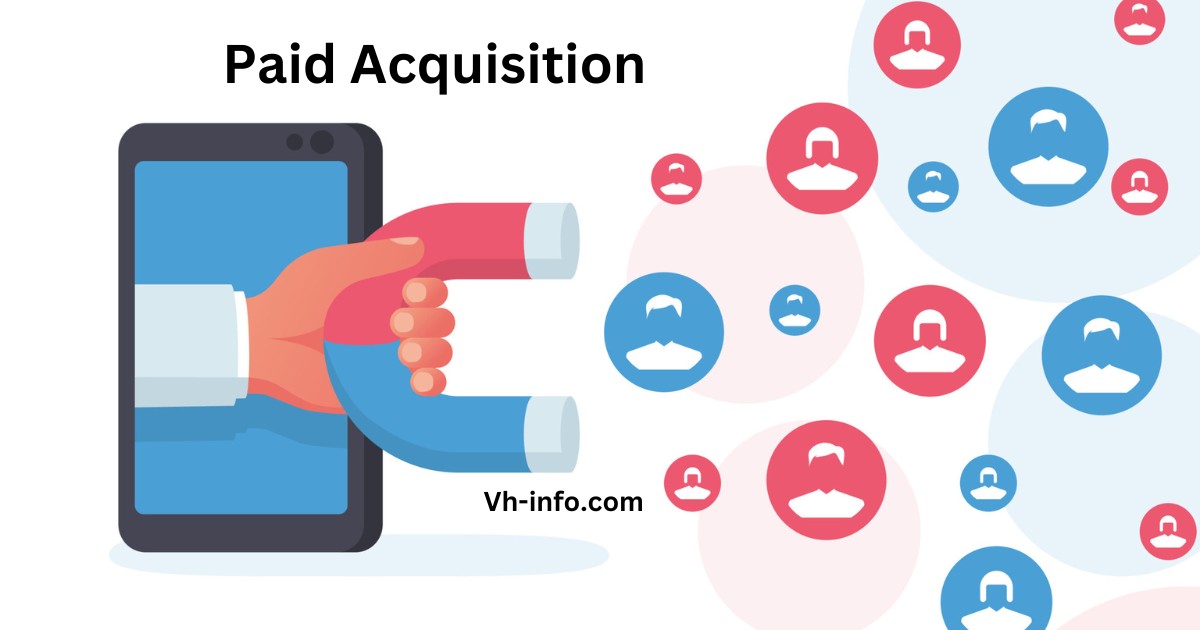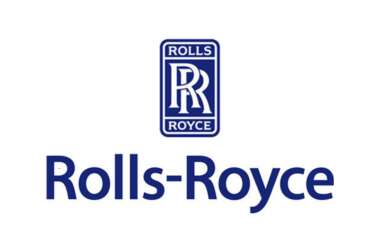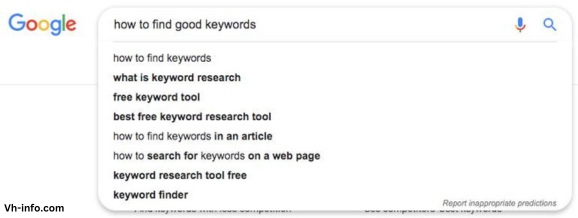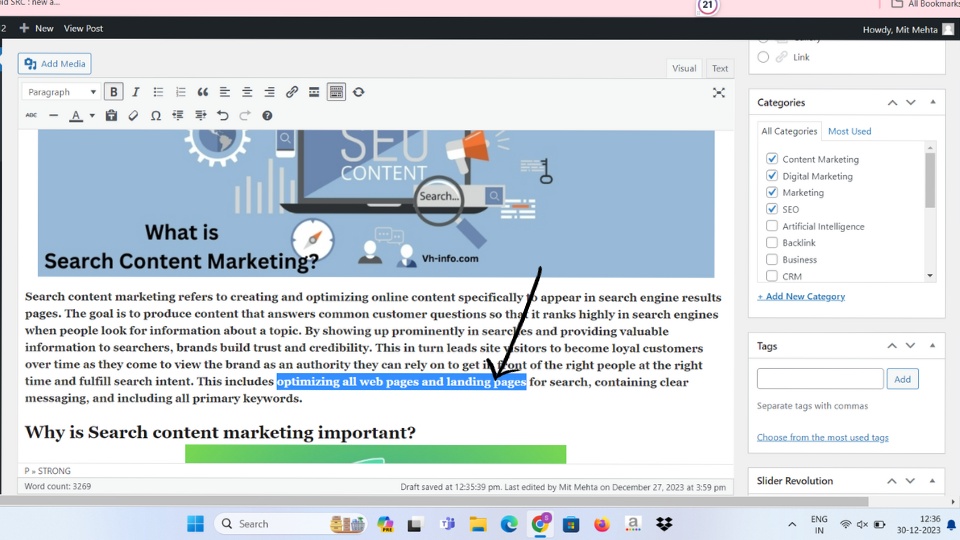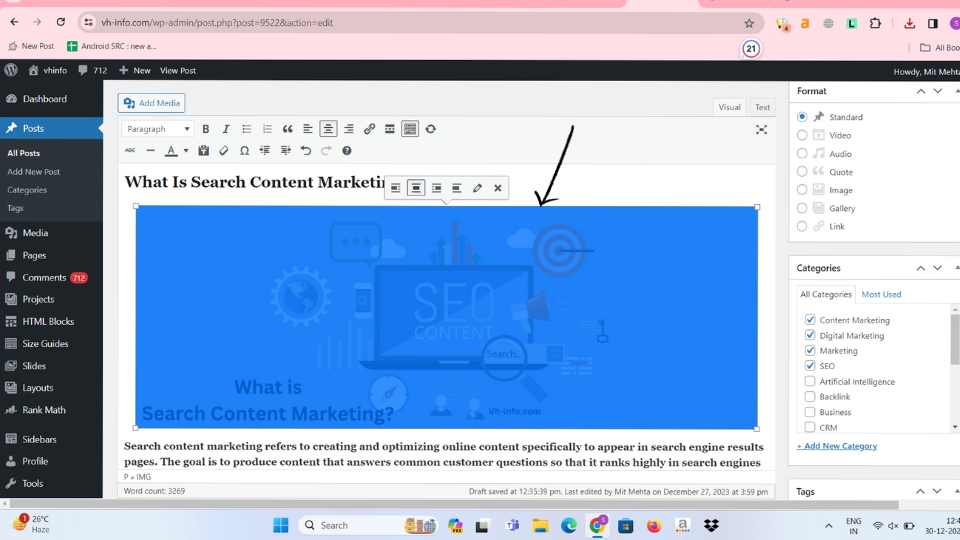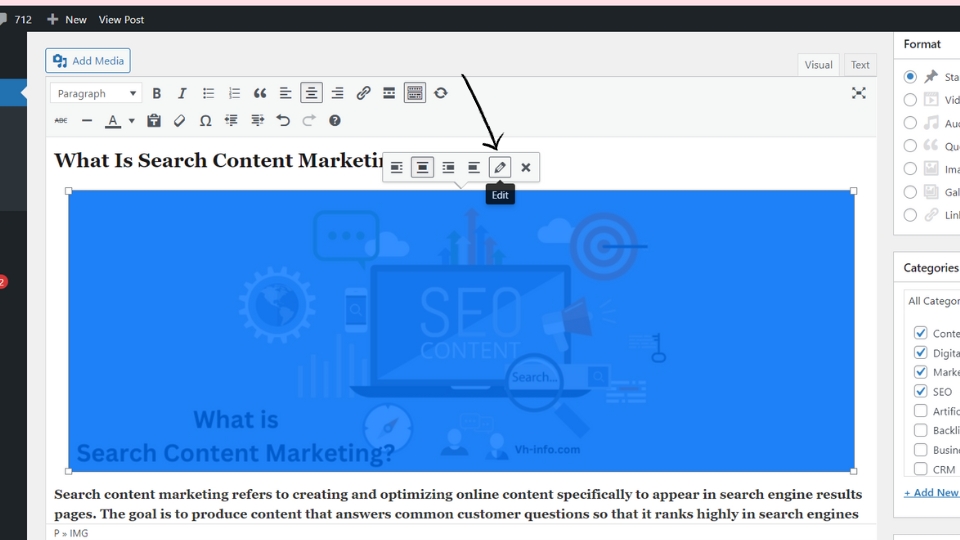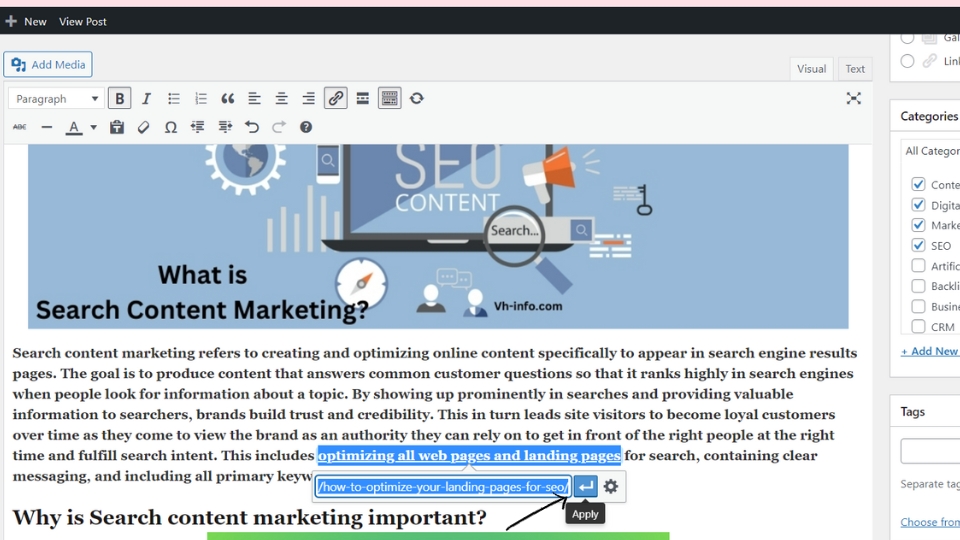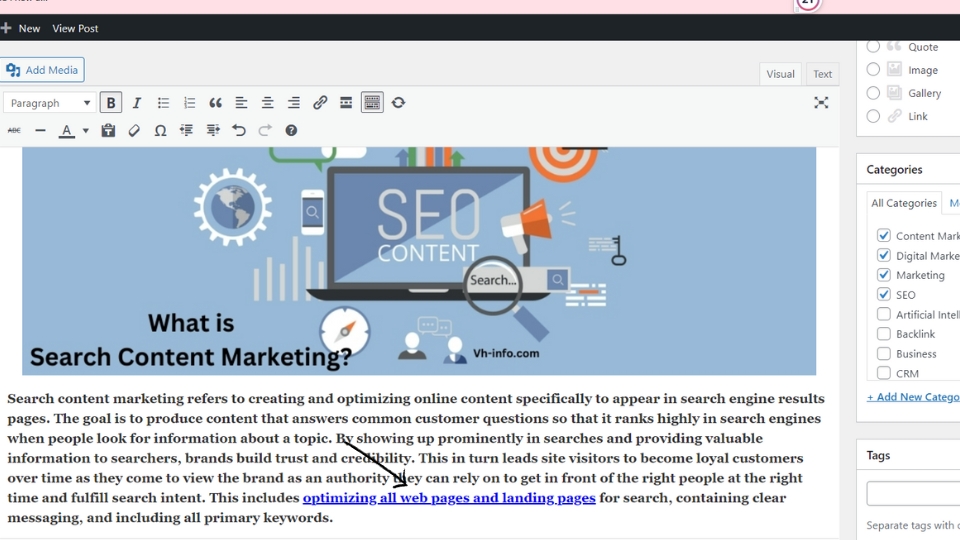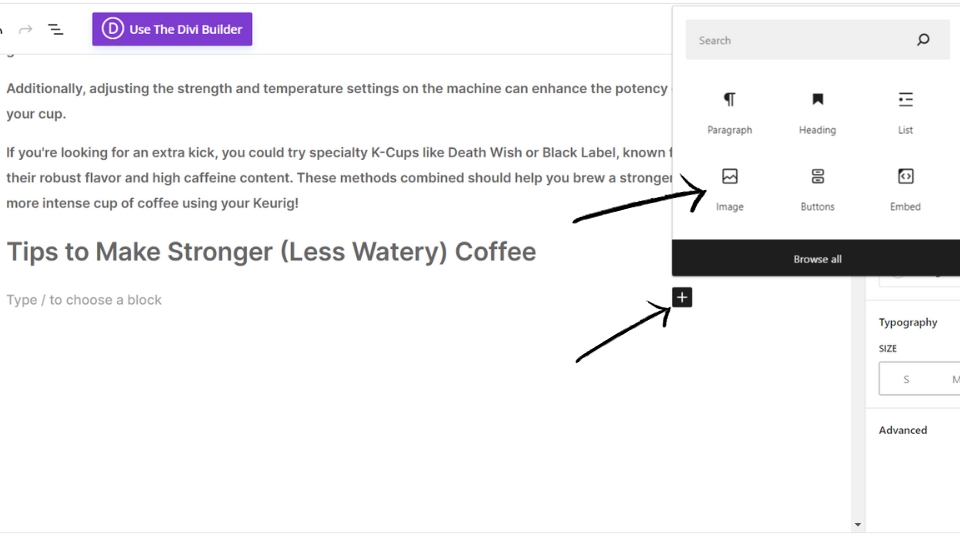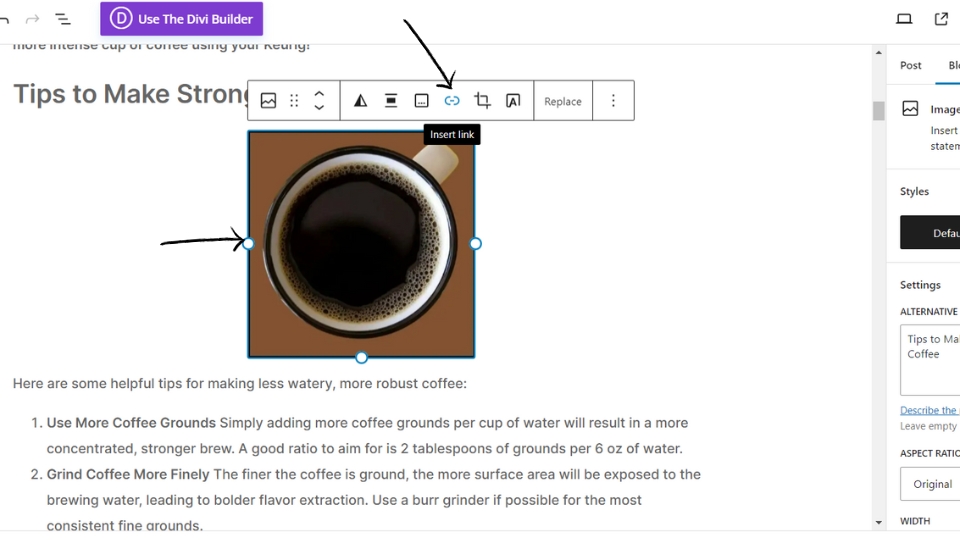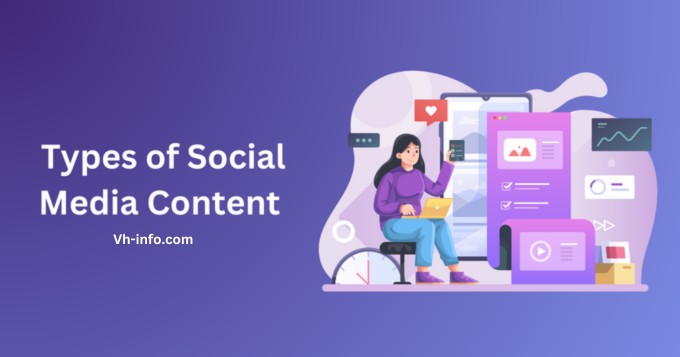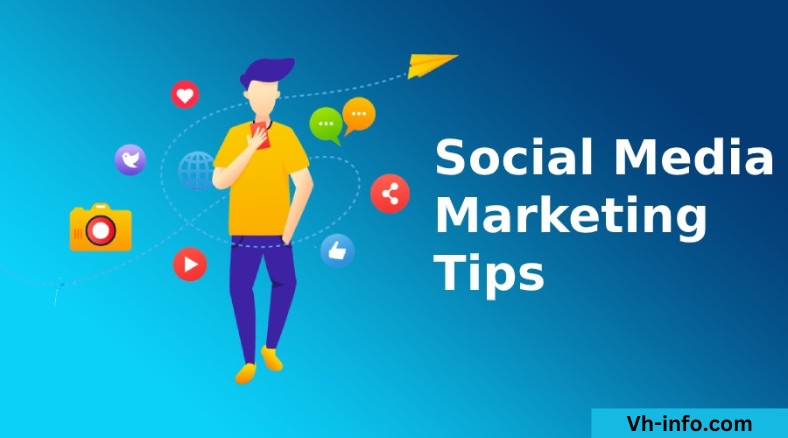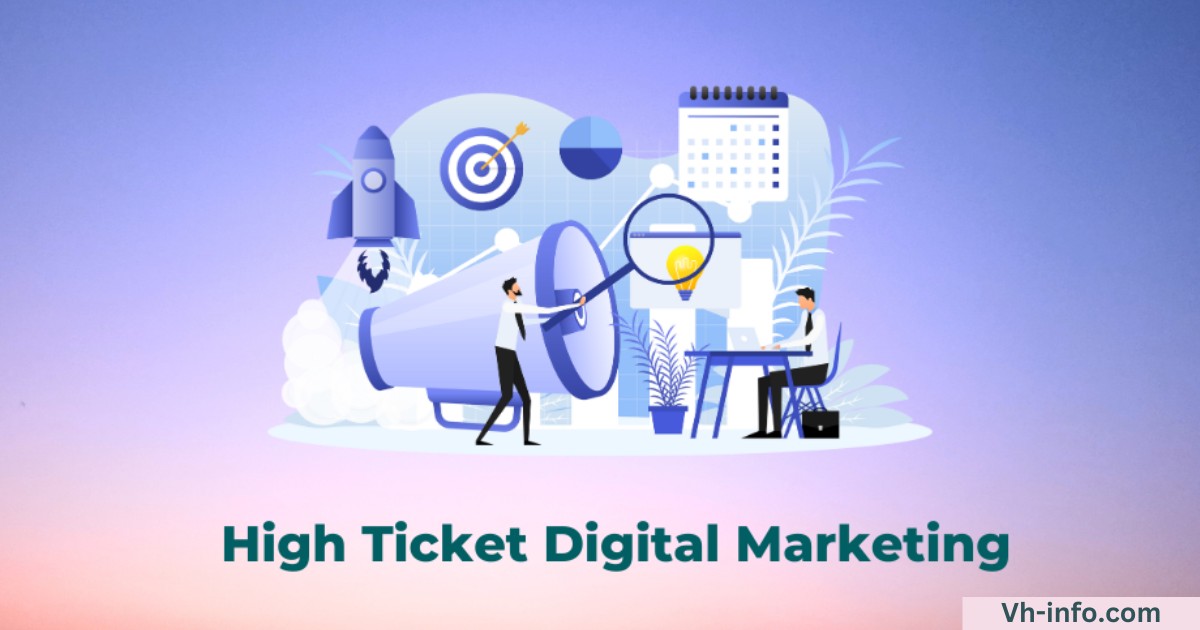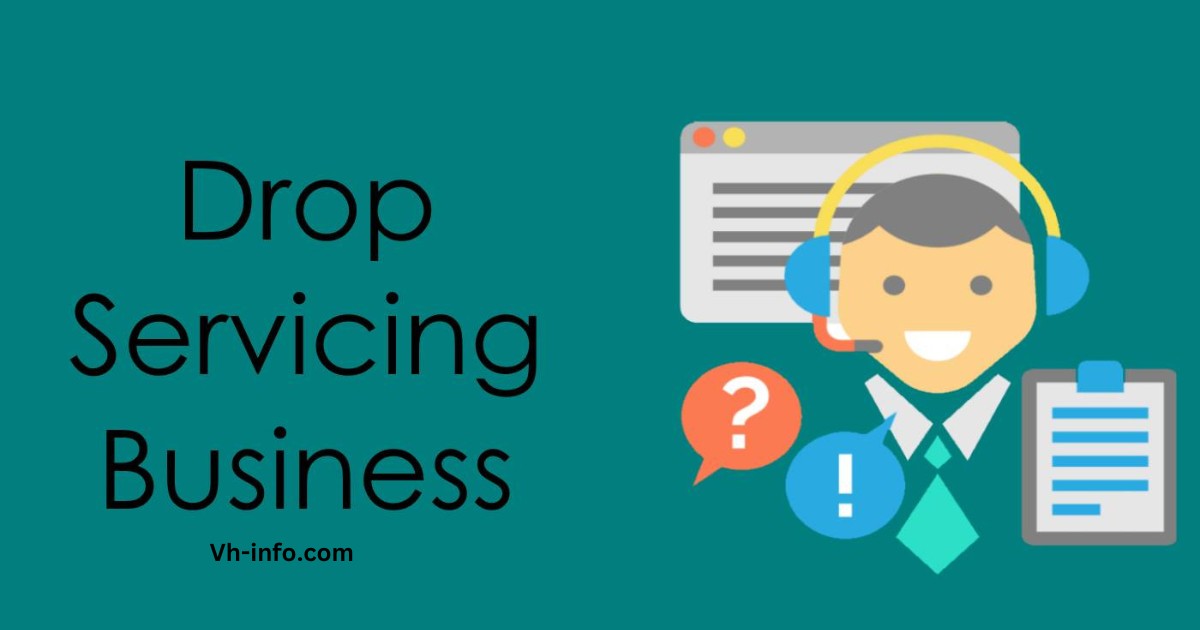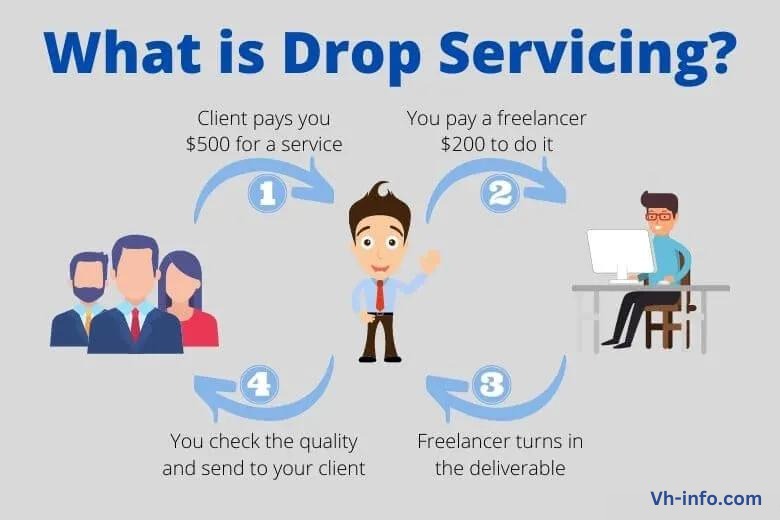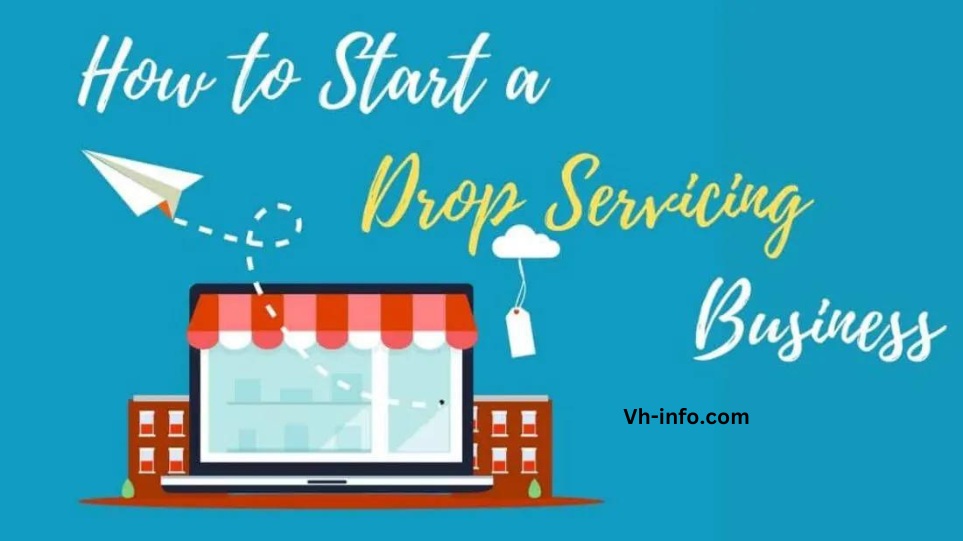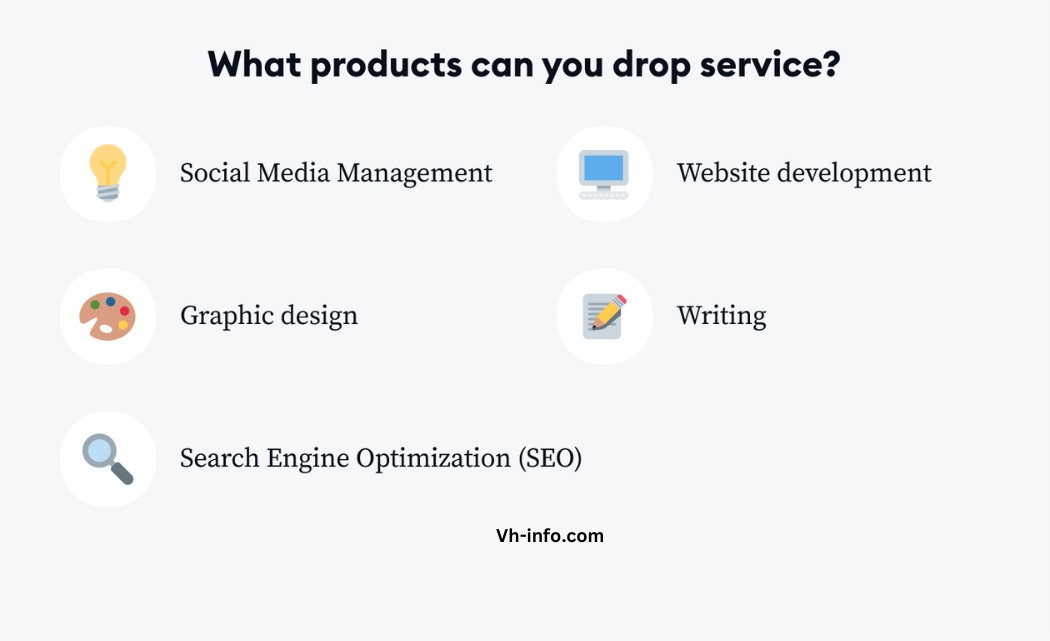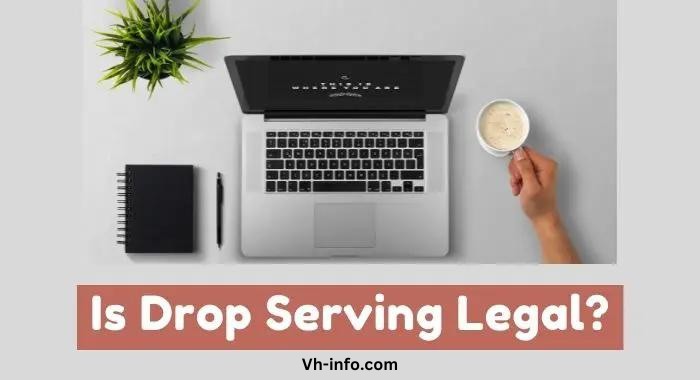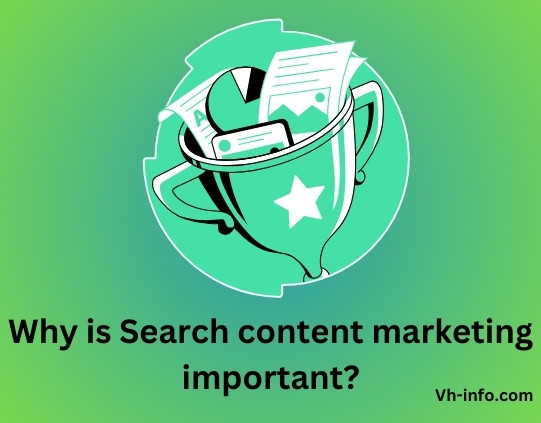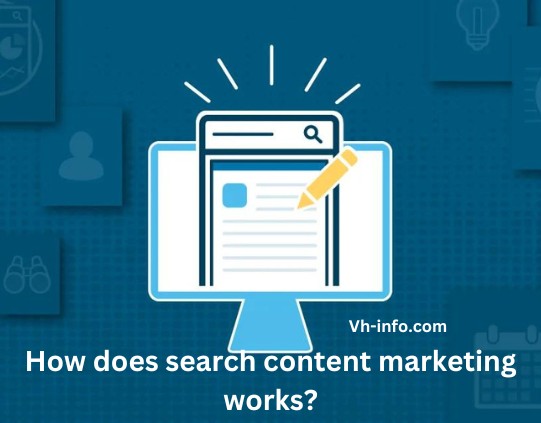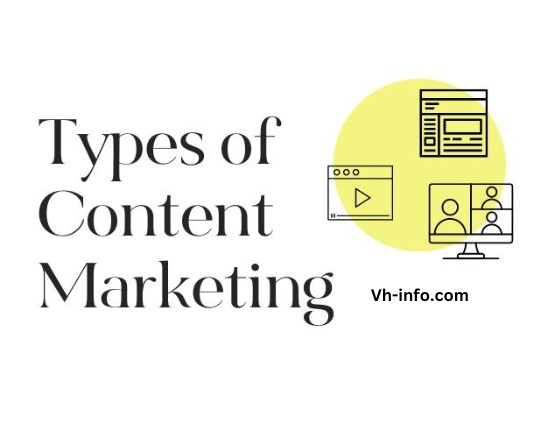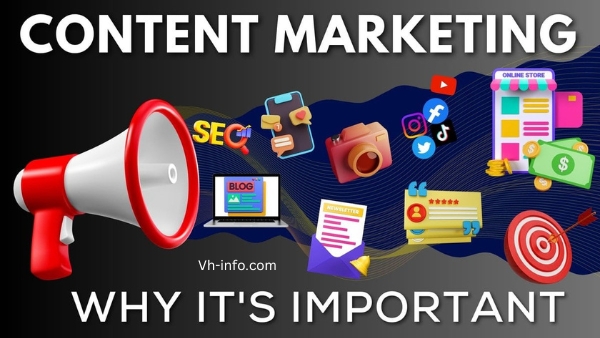Are you looking to scale your business and reach new audiences?
Paid acquisition could be the key to unlocking your growth potential.
In this blog, we will cover everything from what paid acquisition is and its benefits and drawbacks to the types of paid acquisition channels available.
We will also offer tips on how to create effective marketing strategies for your business, including optimization, retargeting, and accurate budgeting.
Additionally, we will answer frequently asked questions about paid user acquisition such as how much budget should be allocated, when is the right time to hire an agency, and whether there are any free user acquisition methods.
Don’t miss out on this opportunity to take your business to the next level with paid acquisition marketing.
What is Paid Acquisition?

Paid acquisition means buying new customers or users by paying for advertising and promotions. Companies do this to get more customers faster than just waiting for word-of-mouth or search traffic.
Some common ways are search ads, social media ads, paying for referrals, and TV or radio ads. The goal is to quickly and strategically grow your customer base by investing money upfront on targeted ads, including search engine results and landing pages, to acquire website visitors through marketing efforts.
Benefits of Paid User Acquisition
Here are some key benefits of paid user acquisition:
- Faster growth – Paid channels allow you to scale user acquisition more quickly than organic channels. You can ramp up spend to acquire users rapidly.
- Targeting capabilities – Many paid channels like Facebook ads allow you to precisely target your ideal user demographics and interests. This improves conversion rates.
- Measurability – You can track acquisition costs, conversions, ROI, etc. for your paid campaigns and optimize them. This is harder with organic channels.
- Wider reach – Paid ads help you reach a much larger audience beyond just your current organic reach. This is especially useful for new products or brands.
- Brand awareness – Paid ads can get your brand and product in front of more potential users, increasing awareness. Retargeting helps reinforce the brand.
- Competition – In competitive spaces, paid acquisition is table stakes. Relying only on organic means falling behind rivals using paid channels.
- Scale existing organic channels – Paid ads can complement and scale channels like SEO and content marketing.
Drawbacks of Paid User Acquisition
Here are some potential drawbacks to consider with paid user acquisition:
- Costs can add up quickly – Paid ads and marketing can get expensive, especially for competitive keywords/placements. Budgets need to be managed actively.
- Lower organic reach – Overreliance on paid acquisition can result in fewer organic search visits and followers over time.
- Lower retention – Users acquired through paid ads may not be as loyal or engaged as organic users. Retention rates could suffer.
- Ad fatigue – Too many ads from a brand can annoy users and lead to negative perceptions or losses in conversion rates.
- Risk of poor targeting – Targeting the wrong users or overpaying for customer acquisition due to poor targeting settings or bidding.
- Platform dependencies – Changes to ad platforms’ algorithms or costs can disadvantage brands reliant on paid ads only.
- Click fraud – Fake clicks and bot traffic eating away at ad budget, with minimal real users acquired.
- Short-term mindset – Focusing solely on paid channels leads to a mindset of acquiring users cheaply vs. building lasting brand value.
Do you want to leverage paid acquisition and grow your business?
Paid acquisition can be a powerful way to grow your business if done right. Focus on driving quality traffic that converts and has a positive ROI. Continuously test and optimize your campaigns to maximize results over time.
What Are The Types of Paid Acquisition?
Lots of ways exist for businesses to get new customers by paying for them.
Let’s talk a bit about some of the most common ways:
Social Media (Facebook, LinkedIn, Instagram and TikTok ads)
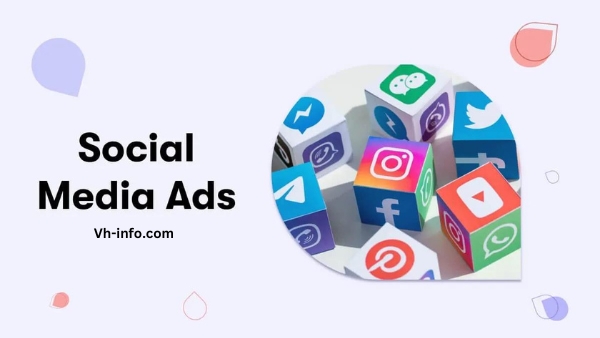
Every day, billions of people use social media like Facebook, Twitter, Instagram, TikTok, and LinkedIn. This gives a chance for businesses to find potential customers. Businesses can put ads on these social media platforms to promote their products or services.
On platforms like Facebook, businesses can show their ads to specific groups of people, like certain ages or locations. This helps the ads reach the right audience.
Paid ads on social media platforms, such as Facebook and Twitter, are a good way to showcase your company to the people you want to reach. This can make more people aware of your brand, get you better leads, and increase sales. In recent years, Facebook ads have become very popular and effective in reaching a wide audience.
Search Engines (Search campaigns such as Google AdWords)

Search engines, like Google, Bing, Baidu, Yandex, or Duck Duck Go, are great places for businesses to advertise and get customers. Many people use these search engines every day to find products and services they want to buy.
Often, the process of buying something starts with a simple online search.
The cool thing about ads on search engines, also called PPC ads or paid search marketing, is that you show them to people who are already looking for solutions to their problems or want to buy something. The people who click on these ads are usually very interested, and they might end up buying.
This type of advertising on PPC platforms, such as Google Ads, is more focused, and the chances of getting customers are higher compared to other ways of advertising.
In Google Ads, businesses can pay to put their ads on the search results page. They pay for each click on the ad, and it’s called pay per click (PPC) advertising.
Display Ads
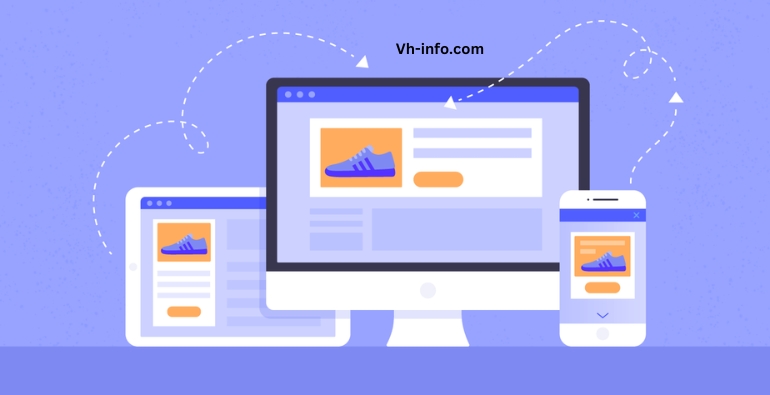
Different types of display ads can show off different things you can buy or use. For instance, if you want to buy something specific, you might see an ad. If you click on it, you can go to the company’s website or the app that makes that product.
List building advertising (Cost per thousand impressions)
List building advertising is a type of online paid advertising where brands pay for ad impressions with the goal of getting people to sign up to receive emails, rather than trying to get immediate sales. Brands create interesting ads and landing pages that convince visitors to give their contact info to get discounts, content recommendations, or other lead magnets.
By optimizing ads to maximize email list signups rather than clicks or sales, brands can build a valuable owned audience. They pay per thousand impressions (CPM), instead of per click. This list asset enables further marketing like email newsletters and social media retargeting. So list building ads, which capture new leads, are a key customer acquisition strategy focused on lead generation rather than direct response.
Geotagged Ads (Geo-targeted)
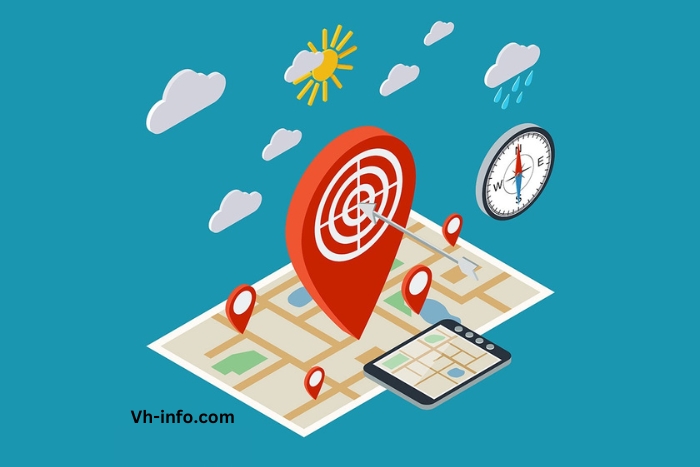
Geo-targeted ads are a newer kind of ads used more and more to promote stuff. These ads can figure out where people are by looking at their IP address.
But be careful! Geotargeting is not the same as geofencing. Many business people and marketers get mixed up about these two.
A geo-targeted ad is shown only to the person whose location is known. For instance, a travel agency can advertise different vacation spots to people in certain cities, and only those people will see the ads.
Paid Acquisition Marketing Strategies & Channels
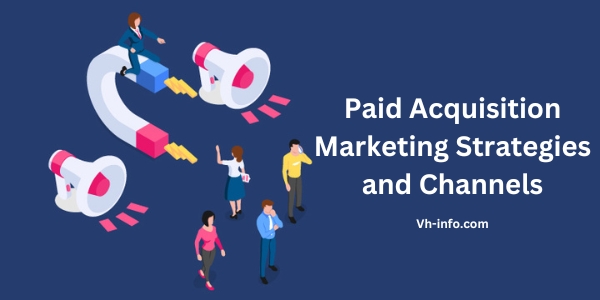
Optimization
Firstly, it’s about making things work the best they can – having smart and well-planned strategies is a great way for paid acquisition. Unlike natural searches, paid marketing campaigns use cookies. Google and Facebook ads, for example, use cookies to follow where visitors go on your site and where they’re from, among other various methods.
This helps you show ads to people who are more likely to buy from you. So, you need to be clever about how you set up your bids and pick your keywords for search marketing. Additionally, incorporating live chat and chatbots can help with the critical step of converting visitors into paying customers.
Retargeting customers
Retargeting means showing ads to people who have been to your website or looked at your products before. Ad networks like Google ads and Facebook ads use cookies to collect info about users. As an advertiser, you can set up retargeting. This means you show ads only to people whose physical location is known and have checked out a product on your site before.
For example, let’s say someone visits an online store and wants to buy a laptop. The store owner can remember the customer’s details like name and email. Later, when the customer goes to other websites, they see ads from that store.
It’s also called remarketing because it lets you show ads to people who have been to your website or spent time checking out specific products. Google Ads and other networks like Facebook ads have good tools for retargeting.
Define your advertising budget accurately
Before figuring out how much money to put into an ad campaign, it’s important to know what you want to achieve with the campaign. Successful ad campaigns usually need a decent budget because many ad platforms use a bidding system. This means that advertisers with bigger budgets often get more visibility on the ad networks.
To make the most of your money, you also need to adjust your ad for the best results without spending too much on bids that won’t get any clicks. It’s smart to do careful research on keywords and find the ones that can give you the best return on investment for every dollar you spend on advertising.
Tracking
To make your paid ads work well, you must have good data analytics. Tracking is crucial for any ad campaign because you need to know how well it’s doing. It helps you understand what’s working and what’s not, making your campaign more successful.
Use tools like Google Analytics and Webmaster tools to track how people come to your website, what they like on your site, and which keywords bring them to you. Pay attention to the content that gets the most attention and keep giving similar content to your audience. People’s interests can change, so trust what you know about your audience and keep sharing things they are likely to be interested in, driving organic acquisition traffic and building an email list.
When, Where, and How to Start with Paid Acquisition?

Here are some simple tips on when, where, and how to start with paid acquisition:
When:
- After making sure your product or service is good and people want it. Don’t spend money on advertising if your product isn’t good.
- Once you have a group of people interested in your stuff through things like SEO and content marketing. Paid ads can boost this.
- When it gets too expensive to get customers without paying. Paid ads help you grow faster.
- When you’re ready to reach new places and people. Paid ads are good for entering new markets.
Where:
- Use Google Ads and SEO when people are actively searching to buy something.
- Use Facebook/Instagram for making your brand look good and reaching more people.
- Use content sites, influencers, and affiliates to let people know about your brand.
- Use retargeting to remind people about your brand and encourage them to buy.
How:
- Start with small tests for ads, pages, and measuring results. Change things quickly if needed.
- Care more about getting people to buy rather than just looking at your ads.
- Aim your ads at people who are similar to your existing customers.
- Bid competitively but let the system learn before changing a lot.
- Keep an eye on how much you’re spending and set a target for how much you want to spend to get a new customer.
- If a campaign works well, use more money for it. If it’s not working, stop and fix it. Always try to make ads more efficient.
The main thing is to start with paid ads in a smart way, using data and working with your other ways of getting customers. Grow carefully based on how much you’re getting back for what you’re spending. Keep testing and making things better for success with paid ads.
How to manage your paid acquisition efforts?
You can make special ads and choose words that you want to be known for. This depends on what you’re selling and what you want to achieve, but pick words that people already search a lot. After starting with Google ads, it’s important to make sure your ads catch the attention of the people you want to reach. Experienced marketers suggest testing different versions of ads to see which one works best.
Your ad should be short and clear, explaining what your product or service is about. Use words that make people interested in what you’re selling. Adding a picture or a link to your product can attract customers who want to see more. Make sure your website looks good and is up to date.
There are also other ways to get noticed online, like search engine optimization, social media marketing, content marketing, and PR. All these methods can help you get more customers in a smart way.
Leveraging Paid Acquisition for Targeted Growth
As you develop your paid acquisition strategy, it’s important to have clear positioning and segmentation.
Define your target customer profiles utilizing both qualitative and quantitative research to identify the right messaging and channels.
A focused differentiation strategy centered around your customers’ needs will enable you to acquire users more efficiently.
Continue optimizing based on performance data to enhance your marketing positioning over time, especially in competitive financial services.
FAQ’s:
How much budget should I allocate for paid user acquisition?
Deciding how much money to spend on getting new users depends on what your app wants to achieve and how many other similar apps are out there. Begin with a budget you can handle, and if you see good results, you can increase it later on. It’s like testing the waters and adjusting as you go to make sure you’re spending wisely and following best practices.
When is the right time to hire an agency for user acquisition?
Think about hiring an agency when your sales team inside the company doesn’t have enough knowledge or tools to run user acquisition campaigns well. It’s also a good idea if you want to use the special skills and knowledge an agency can offer. Basically, get an agency when you need extra help to do it right.
Can I use the same strategy for both iOS and Android apps?
Even though there might be some similar ideas that work for both iOS and Android apps, it’s important to customize your plan for each one. They have different groups of people using them and specific needs, so it’s best to adjust your strategy accordingly.
Are there any free user acquisition methods?
You can get users without spending money through things like ASO (App Store Optimization), social media marketing, and content marketing. However, keep in mind that these methods might take more time and effort compared to paid options.
What are some examples of paid acquisition channels?
Paid acquisition channels include things like putting up ads on Instagram or LinkedIn, creating video ads on YouTube, or showing text ads in Google when people search. Also, events and programs where you reward people for bringing in new users are other ways you can pay to get more customers.
How do you measure the success of a paid acquisition campaign?
The main ways to measure success are looking at the cost per lead or customer acquired, conversions generated, and return on ad spend. A good paid campaign will keep acquisition costs low while getting a high number of conversions from its target audience.
Always track these metrics and make optimization decisions based on them, especially when focusing on one or two paid user acquisition channels.
It is recommended to keep the costs of paid acquisition, also known as customer acquisition cost, under 30% of customer lifetime value. This is crucial for building a financially stable business.
What are some common mistakes to avoid when running a paid acquisition campaign?
Don’t just focus on impressions or vanity metrics. Judge success by conversions and ROI. Avoid vague targeting or bidding too high – monitor costs per conversion closely. Don’t let the campaign run too long unchecked – pause bad performers quickly. And don’t completely rely on paid channels only – have a mix with organic outreach.
Is paid acquisition better than organic growth for businesses?
Even though getting customers without spending money (organic growth) is good, using paid methods can make your business grow faster, especially when you’re in a market with a lot of competition.
Conclusion
Paid acquisition can be a game-changer for your business, offering numerous benefits such as increased brand visibility, targeted audience reach, and faster growth.
However, it’s important to be aware of the drawbacks, such as cost and competition. If you are ready to take your business to the next level, paid acquisition can be a powerful tool in your marketing arsenal.
There are various types of paid acquisition channels, including social media ads, search engine campaigns, display ads, PPC, list building advertising, and geotagged ads. Each channel has its own advantages and can be tailored to suit your business goals.
To make the most out of paid acquisition, it’s essential to implement effective marketing strategies and tactics, such as optimization, retargeting, accurate budget allocation, and tracking. These strategies will help you maximize your ROI and achieve better results.
If you’re considering paid acquisition but unsure of where or how to start, seek guidance from experts in the field. They can help you navigate the complexities and ensure you make informed decisions that align with your business objectives.
In conclusion, paid acquisition can be the key to scaling your business. With the right strategies and channels, you can reach your target audience, increase conversions, and achieve significant business growth.
